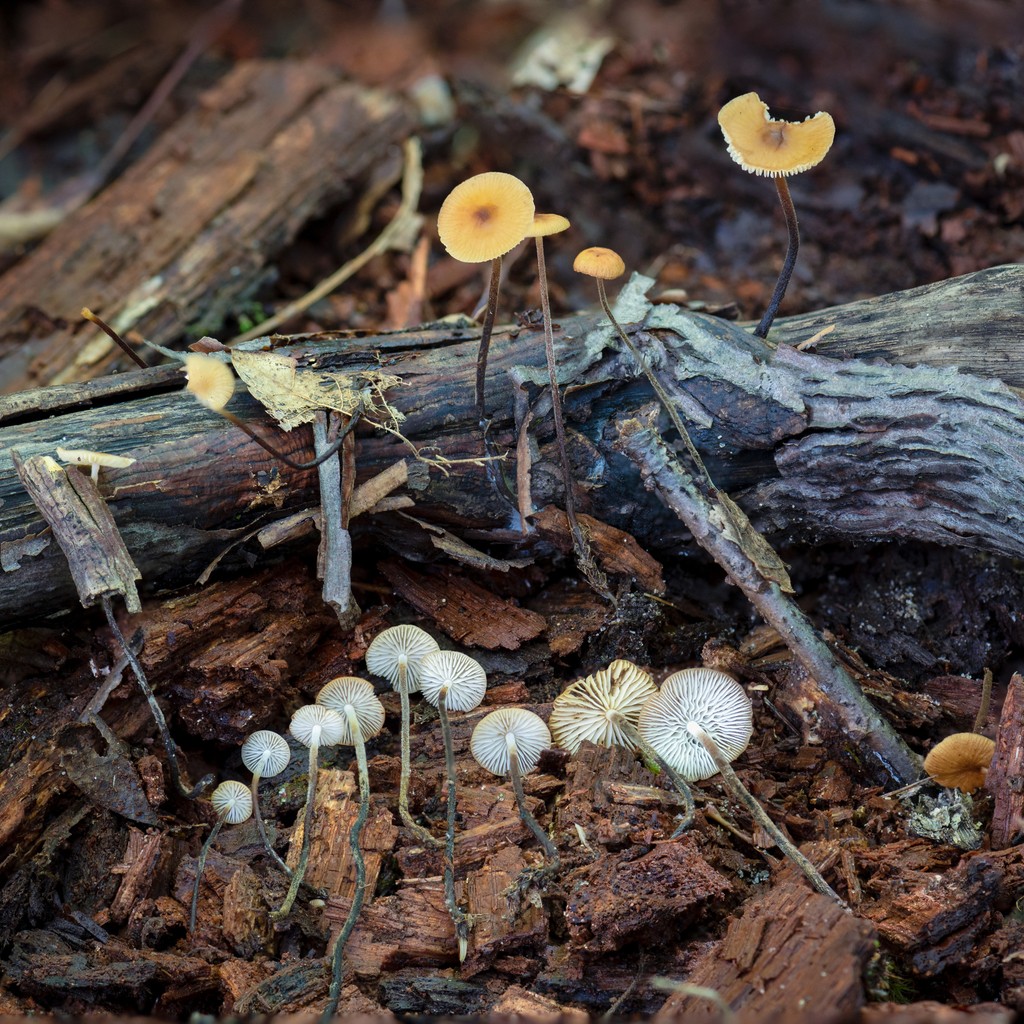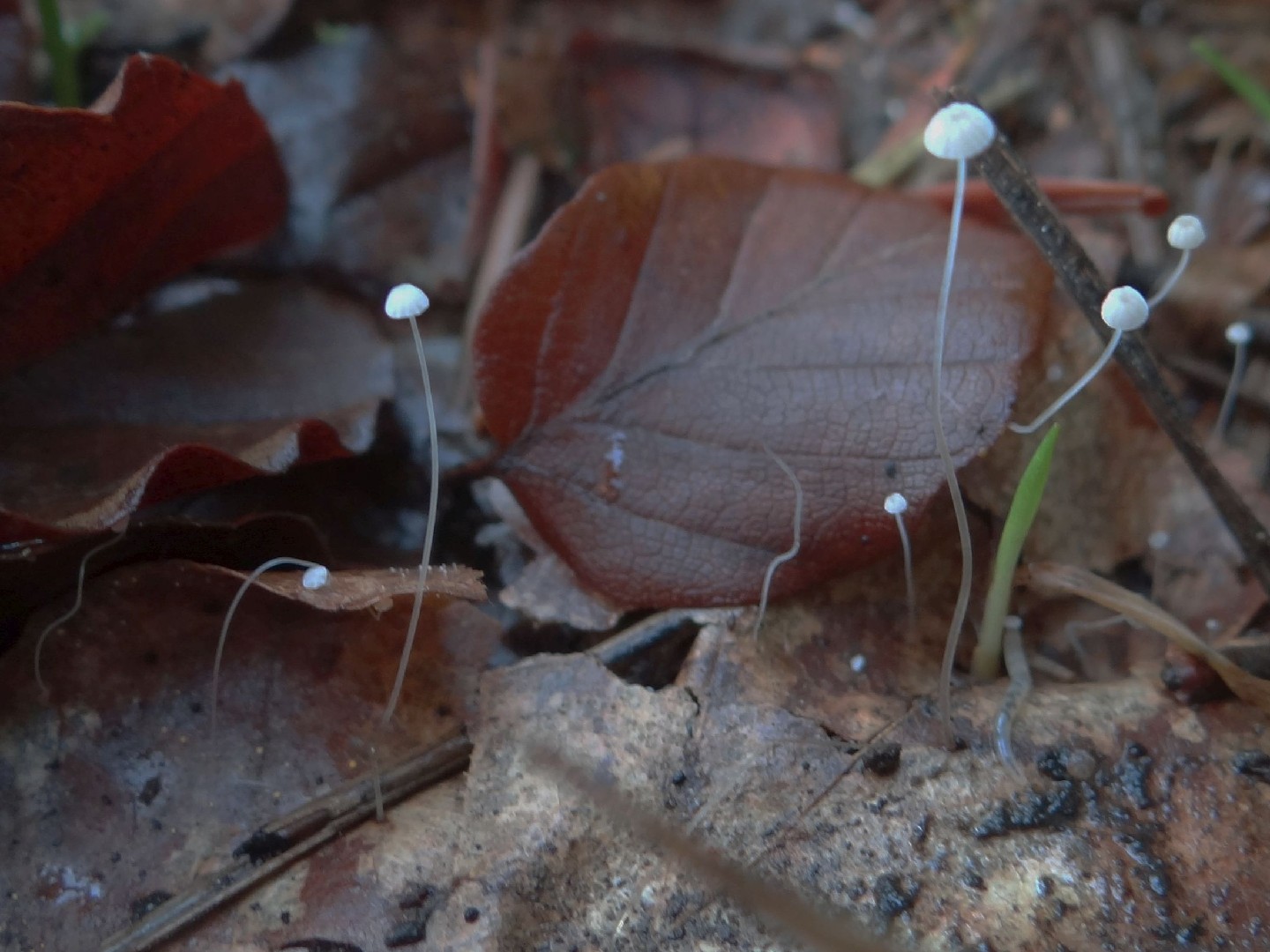Rhizomarasmius
Scientific name: Rhizomarasmius
Rhizomarasmius
Scientific name: Rhizomarasmius
 Photo By alan_rockefeller , used under CC-BY-4.0 /Cropped and compressed from original
Photo By alan_rockefeller , used under CC-BY-4.0 /Cropped and compressed from original Description
Rhizomarasmius is a unique group of fungi known for its interesting way of spreading. It produces thread-like structures that resemble roots, which help attach the fungus to dead plant material. Some species within this group often grow on the fallen leaves or twigs of deciduous trees. Rhizomarasmius is fascinating for its ability to break down tough plant materials, playing a crucial role in the forest ecosystem by recycling nutrients.
Species of Rhizomarasmius
Scientific Classification
Phylum
Club fungi Class
Mushroom-forming fungi Order
Gilled fungi Family
Physalacriaceae Genus
Rhizomarasmius 